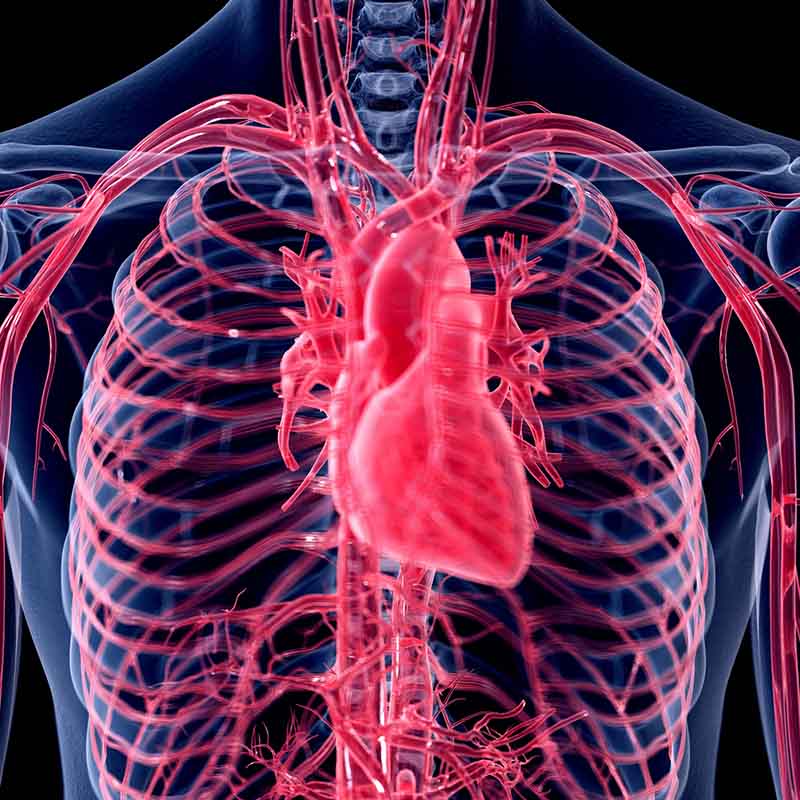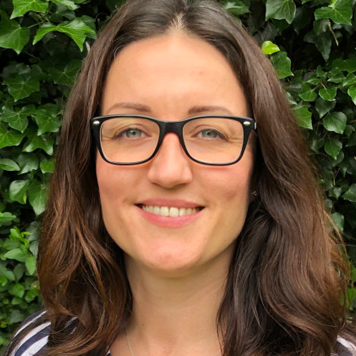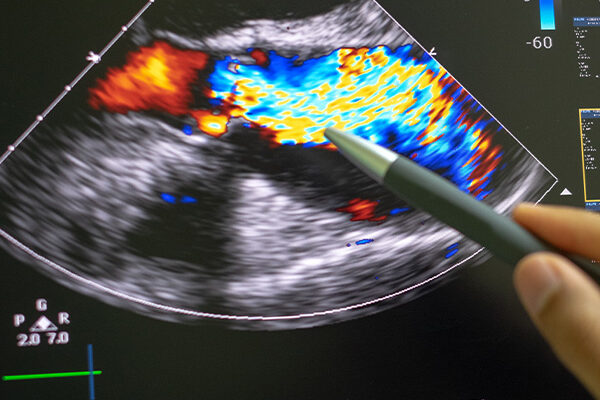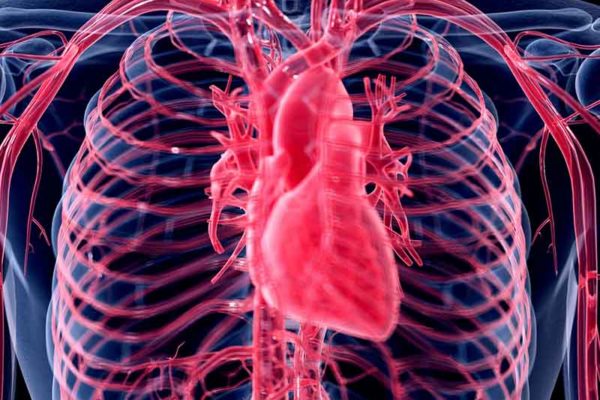MyoLoop is a device that simulates the synchronised mechanical and electrical events that occur in the heart inside the body (in vivo), on an in vitro heart model known as myocardial slice (MS). The system is self-contained, and designed for chronic experiments, that is culture of myocardial slices. MyoLoop can simulate pathological conditions (e.g. hypertension), to study their progression, and the effects of therapeutic interventions on them.
Proposed use
- Preclinical drug testing
- Modelling cardiac diseases in vitro
- Studying the effect of interventions on the heart in vitro
- Engineered heart tissue maturation
Problem addressed
There are no devices that simulate the in vivo cardiac cycle at the in vitro level.
MyoLoop runs a custom software that simulates the cardiac cycle allowing myocardial slices (an in vitro cardiac model) to beat as they would in vivo.
A simple graphical user interface offers control of the cardiac cycle parameters, allowing researchers to study of a spectrum of physiological or pathological conditions.
MyoLoop is a standalone device. Using it is as simple as placing it on a lab bench.
Technology overview
MyoLoop is the first commercially available device that chronically cultures heart tissue, under the same mechanical and electrical events that occur inside the body, by recreating the cardiac cycle.
- Simulation of cardiac cycle. Myocardial slices perform work loops as they would in vivo. The cardiac cycle parameters are user-selected and can be changed to simulate disease and health.
- MyoLoop is a standalone benchtop device. It is easy to use and comes configured with:
- Temperature control (i.e. no incubator is required)
- Culture media recirculation (no peristaltic pump is required)
- Tissue pacing (i.e. no external stimulator required)
- Automatic data analysis software
- Autoclavable culture chamber
- Compact and sturdy design
Benefits
- First device to recreate cardiac cycle in vitro for chronic culture experiments
- Standalone device
- For basic and translational research
Intellectual property information
The technology is protected by a provisional patent application.





